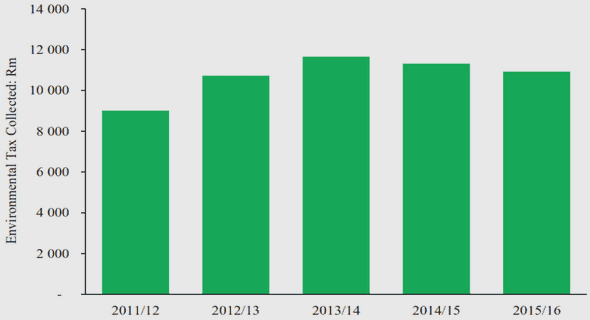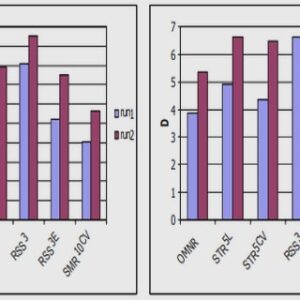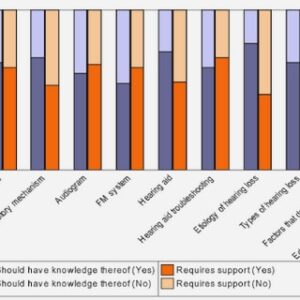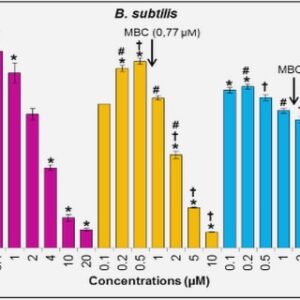(Downloads - 0)
For more info about our services contact : help@bestpfe.com
Table of contents
Part I Introduction
Chapter 1 Context
1.1 Protein Structures and Complexes
1.2 The Biological Importance of Protein Interactions
1.3 Experimental Determination of Protein Structures and Protein Complexes
1.3.1 Experimental Techniques
1.3.2 The Protein Data Bank and The EM Data Bank
1.4 Protein Docking Algorithms
1.5 The Structure of the Thesis
Chapter 2 State of the Art in Protein-Protein Docking
2.1 Rigid Body Docking
2.2 Sampling Methods
2.2.1 Random Methods
2.2.2 Grid-Based Methods
2.3 Scoring Methods
2.3.1 Atomistic Scoring Functions
2.3.2 Coarse-Grained Energy Functions
2.3.3 Statistical or Knowledge-based Energy Functions
2.3.4 Pure Shape-Based Scoring
2.3.5 Mixed Shape Plus Potential Scoring functions
2.3.6 The ATTRACT Scoring Function
2.4 Using of Distance Restraints to Drive Docking
2.5 Multi-Body Docking Algorithms
2.6 Conformational Changes Upon Binding and The Challenges of Flexible Docking
2.7 Axis-Angle and Quaternion Representation of Transformation Matrices
2.7.1 3D Rigid Transformations
2.7.2 Axis-Angle Representation of a 3D Rotation
2.7.3 A Unit Quaternion to Represent a 3D Rotation
2.8 Branch-and-Bound Search Algorithms
2.9 Solutions Assessment
Part II Contribution
Chapter 1 Pairwise Docking Using Branch-and-Bound 3D Rotational Searches
1.1 Introduction
1.2 The Branch-and-Bound 3D Rotational Search Approach
1.2.1 The Initial Docking Poses
1.2.2 The Rotational Search Space Represented as -Ball
1.2.3 Pruning Rotational Searches Using Bead-Radius Cone Angles
1.2.4 Coloring the 3D Rotational Space Represented as a Tree Structure
1.2.5 Energy Computation and Clustering Solutions
1.3 Results Using the Protein Docking Benchmark and Discussion .
1.4 Summary
1.4.1 EROS-DOCK Algorithm pseudo-code
1.4.2 EROS-DOCK Algorithm Flowchart
1.5 Conclusions and Perspectives
Chapter 2 Pairwise Docking Using Branch-and-Bound Rotational Searches and Distance Restraints
2.1 Introduction
2.2 Docking Using Distance Restraints
2.2.1 Restraints Specification
2.2.2 The Initial Docking Poses According to The Restraint Specification
2.2.3 Branch-and-Bound Rotational Searches Using Distance- Restraint Cone Angles
2.2.4 Coloring the 3D Rotational Space
2.2.5 Energy Computation and Clustering Solutions
2.3 Results Using Benchmark and Discussion
2.4 Conclusions and Perspectives
Chapter 3 Multibody Docking Using Branch-and-Bound Rotational Searches and Distance Restraints
3.1 Introduction
3.2 EROS-DOCK Extension for Multi-Body Docking
3.2.1 A pairwise strategy for trimeric complexes
3.2.2 Deriving pairwise transformation matrices from EROSDOCK solutions
3.2.3 Coloring the 3D Rotational Space
3.2.4 Computing compatible combinations of pairwise solutions to form trimeric complexes
3.3 Test and Results On Trimers
3.3.1 Benchmark
3.3.2 Results
3.4 Conclusions and Perspectives
Conclusions and Perspectives
Appendices
Bibliography




